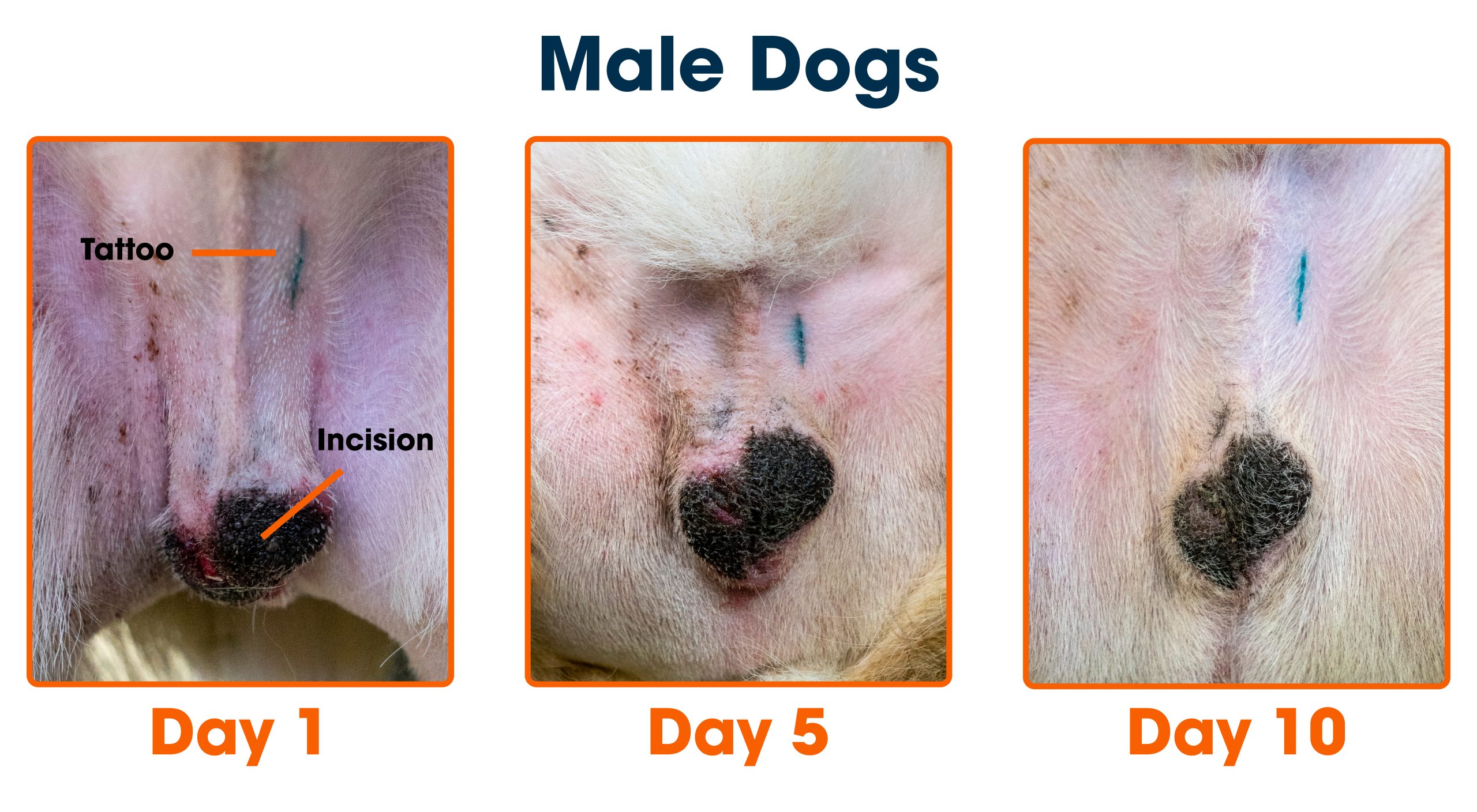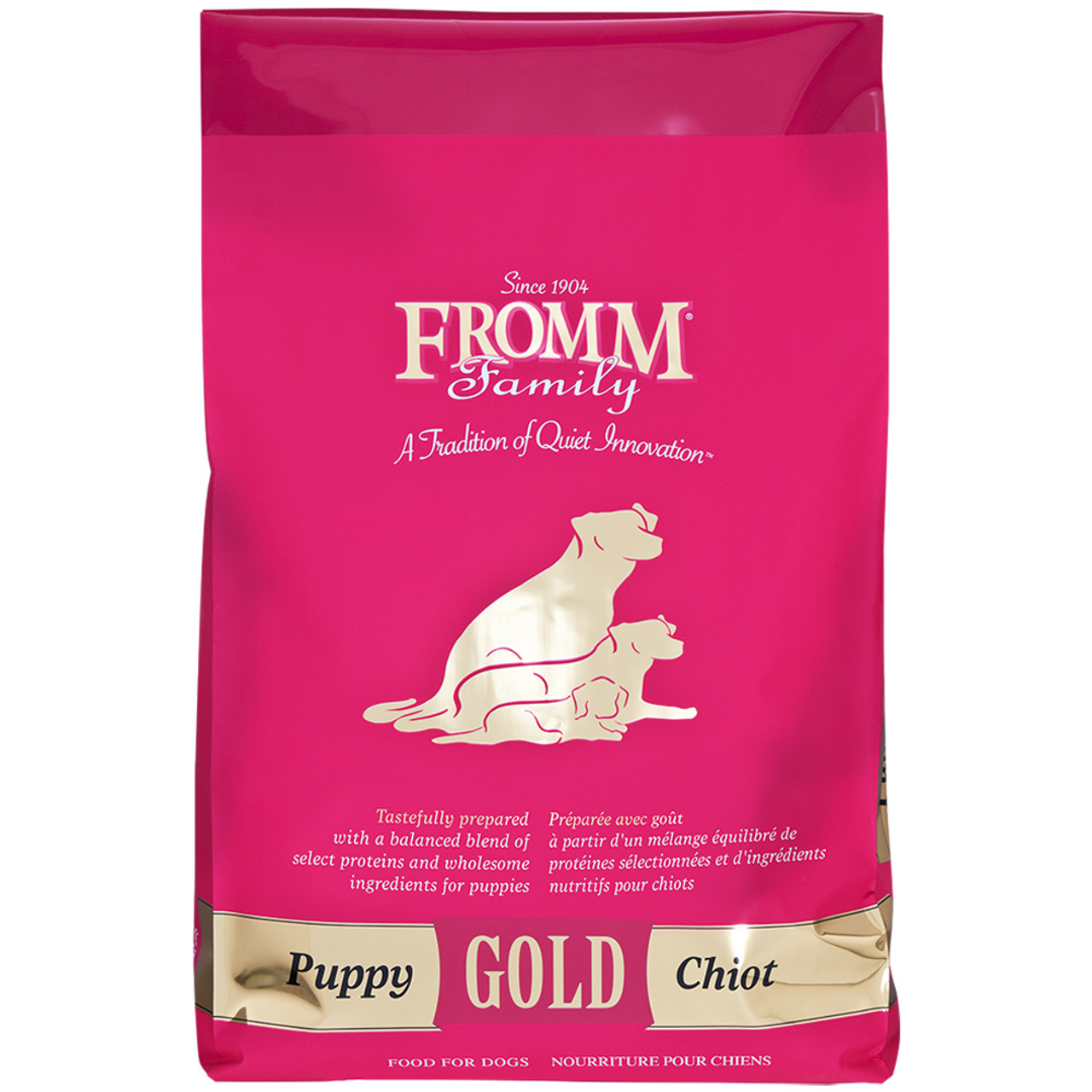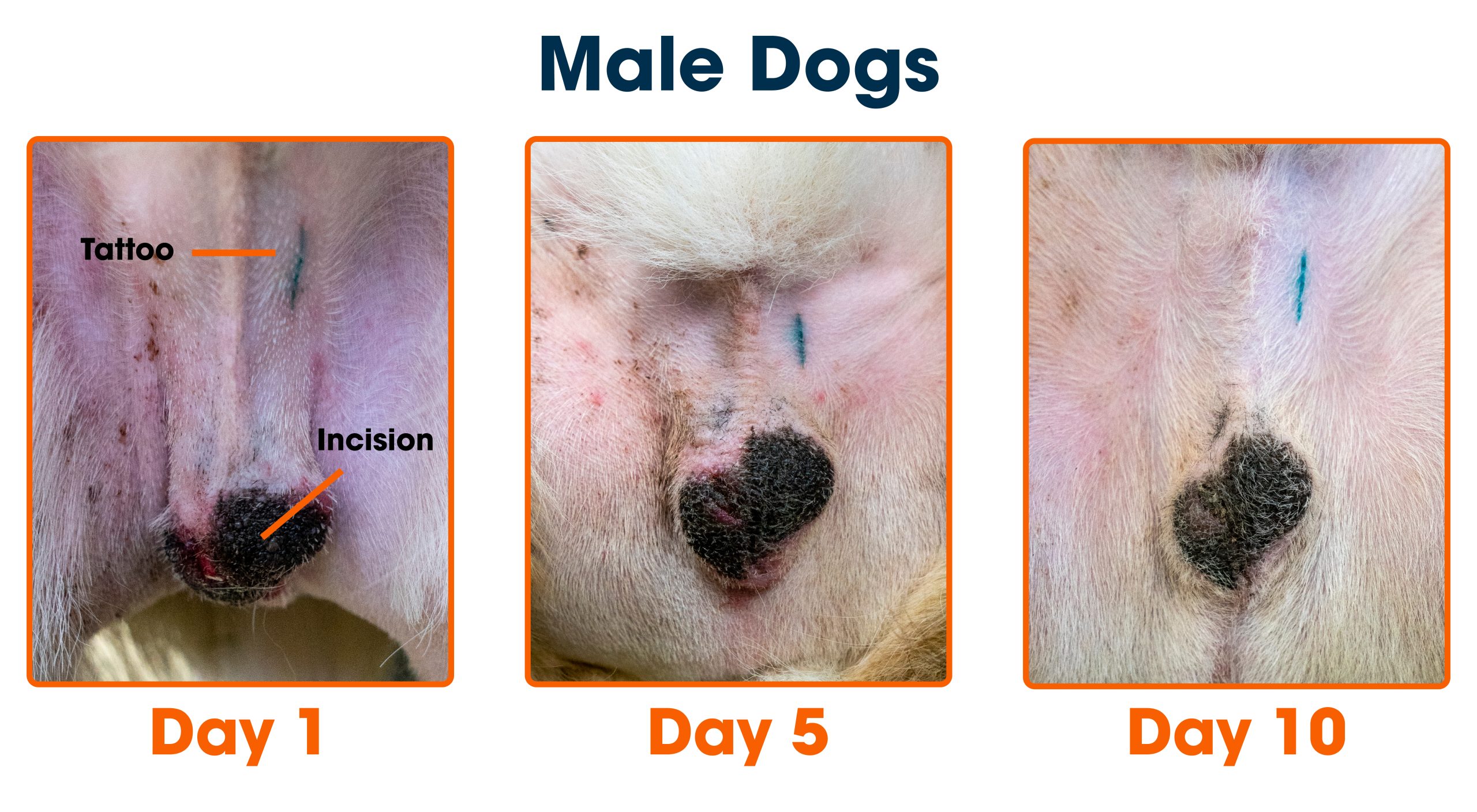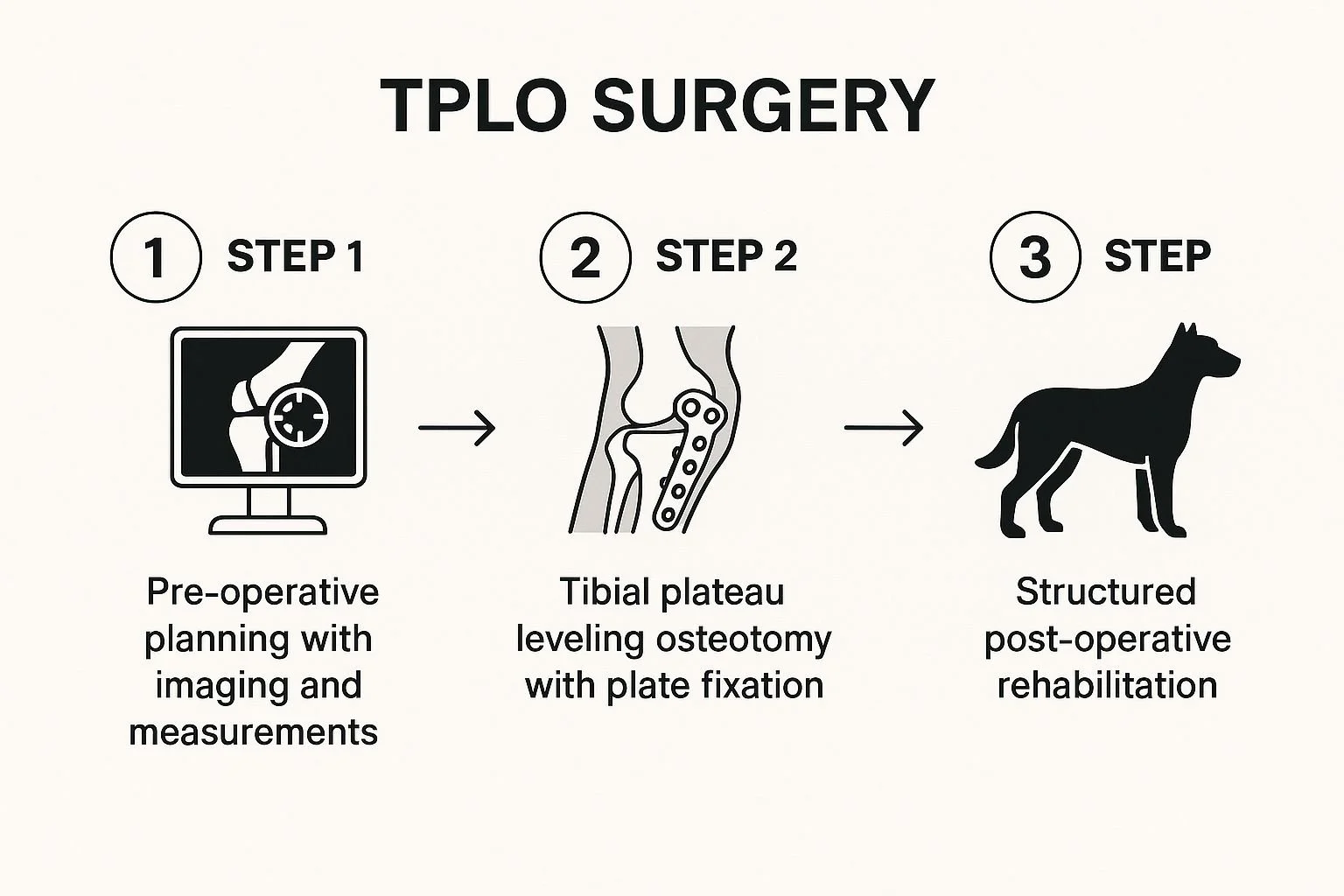Have you ever opened your dog’s food bag and noticed something unexpected? Tiny bugs crawling around can be both surprising and worrying.
You might wonder, what type of bugs come in dog food, and are they harmful to your furry friend? Understanding what these bugs are and why they appear can help you keep your pet safe and healthy. Keep reading to discover the common bugs found in dog food and how you can protect your pet from them.
Your dog’s health depends on it!
Common Bugs In Dog Food
Finding bugs in your dog’s food can be unsettling. Yet, certain pests are common offenders that sneak into dog food packages. Knowing these bugs helps you spot and prevent infestations early, keeping your pet’s meals safe and fresh.
Pantry Pests
Pantry pests are tiny insects that invade stored food, including dog food. They thrive in dry, grain-based products and can multiply quickly if unnoticed. You might see small beetles or moths crawling inside open bags or containers.
Have you ever opened a bag only to find tiny bugs inside? That’s often these pantry pests at work. They don’t just spoil the food—they can cause contamination that may upset your dog’s stomach.
Grain Beetles
Grain beetles are among the most common bugs found in dog food. They are small, reddish-brown beetles that feed on grains and cereals used in many pet food recipes. Their presence often means the food was stored improperly or for too long.
These beetles chew through packaging and leave behind webbing and droppings. If you spot them, it’s time to toss the food and clean your storage area thoroughly. You want to avoid these pests spreading to other food items in your home.
Flour Moths
Flour moths are moths that target flour and similar dry goods, including dog food mixes. They lay eggs inside the food, which hatch into larvae that feed and leave behind silk threads. This can turn your dog’s meal into an unappetizing mess.
Spotting tiny white worms or silky cobwebs inside the food is a clear sign of flour moth infestation. It’s important to check expiration dates and store food in airtight containers to keep these moths out. Could your pet’s picky eating be related to unseen bugs?
Why Bugs Infest Dog Food
Bugs in dog food are a common problem for many pet owners. These pests invade stored food, making it unsafe and unpleasant. Understanding why bugs infest dog food helps prevent this issue. Several factors attract bugs and create ideal conditions for their growth.
Attraction To Ingredients
Dog food contains grains, proteins, and fats. These ingredients attract various insects like beetles and moths. The smell of fresh or stale food draws bugs from nearby areas. Bugs seek nutrients and moisture found in dog food.
Storage Conditions
Warm and humid environments encourage bug growth. Leaving dog food bags open or in damp places worsens the problem. Bugs reproduce quickly in poor storage conditions. Proper storage limits access and slows infestation.
Packaging Vulnerabilities
Thin or damaged packaging lets bugs enter easily. Small holes or tears provide entry points for pests. Some packaging materials do not block moisture or odors well. Using sealed, sturdy containers helps protect dog food from bugs.
Health Risks For Dogs
Discovering bugs in your dog’s food can be unsettling, but understanding the health risks involved is crucial for your pet’s wellbeing. These tiny intruders can cause more than just a visual nuisance—they might trigger serious health issues if ingested. Let’s break down how these bugs can affect your dog’s health and what signs you should watch for.
Allergic Reactions
Some dogs are sensitive or allergic to insects found in contaminated dog food. Symptoms may include itching, redness, swelling, or even hives. If your dog suddenly starts scratching more than usual after eating, it could be a sign of an allergic reaction to these unwanted guests.
Have you noticed your dog’s behavior change after meals? Allergies might not always be obvious, so it’s important to monitor any unusual signs closely.
Digestive Issues
Eating bugs can upset your dog’s stomach. Vomiting, diarrhea, and loss of appetite are common digestive problems linked to consuming contaminated food. These symptoms can lead to dehydration if not addressed promptly.
Imagine your dog refusing food or showing signs of discomfort after eating—this could mean their digestive system is struggling with the unexpected bugs.
Potential Toxins
Some bugs carry harmful bacteria or toxins that can poison your dog. For example, certain types of beetles and larvae might release substances that cause nausea or neurological problems. The risk increases if the bugs were exposed to pesticides or other chemicals before contaminating the food.
Have you ever considered what chemicals those bugs might bring into your dog’s bowl? Avoiding contaminated food is key to keeping your dog safe from hidden toxins.

Credit: www.facebook.com
Preventing Bug Infestation
Preventing bugs in your dog’s food is crucial to keep your pet healthy and your home clean. Bugs like weevils, beetles, and moth larvae are attracted to dog food that is stored improperly or left open for long periods. Taking simple but effective steps can drastically reduce the chances of infestation.
Proper Storage Techniques
Always store dog food in airtight containers made of plastic, glass, or metal. This cuts off bugs’ access to the food and helps maintain its freshness. Avoid using the original bag alone, as many bugs can easily get through the thin plastic or paper.
Keep the containers in a cool, dry place away from sunlight. Heat and humidity create the perfect environment for bugs to thrive. Have you noticed how your pantry feels warmer in summer? That’s when bugs become most active.
Regular Cleaning Practices
Clean the storage area regularly to remove any spilled food or crumbs that attract bugs. Even a small bit of leftover food can invite an infestation. Wipe down shelves with mild soap and water once a week to eliminate any lingering eggs or larvae.
Don’t forget to check the container lids and seals for cracks or damage. Bugs can sneak in through tiny openings you might overlook. Regular inspection is key to stopping them before they start.
Choosing Quality Packaging
Look for dog food brands that use resealable bags or vacuum-sealed packaging. These options reduce exposure to air and bugs significantly. Some brands even add a protective inner lining that blocks moisture and pests.
Consider buying smaller bags if your dog food tends to sit unused for weeks. Fresher food means less chance for bugs to develop. What packaging features do you look for when buying pet food?
Identifying Infested Dog Food
Identifying infested dog food early helps protect your pet’s health. Bugs can hide in dry or wet food. Sometimes, contamination is not obvious at first glance. Knowing what to watch for prevents feeding spoiled food to your dog. Check food regularly to spot any problems fast.
Visual Indicators
- Look for small bugs crawling inside the bag or container.
- Check for webbing or silk threads on the food surface.
- Notice clumps or sticky spots where bugs may gather.
- See if the food looks powdery or has unusual dust.
- Watch for holes or tears in packaging that bugs might enter through.
Unusual Smells
Infested dog food often has a strange odor. It may smell sour, musty, or like mildew. Sometimes, the smell is sharp or chemical-like. Fresh dog food should have a mild, meaty scent. Trust your nose to detect any odd smells that suggest spoilage or bugs.
Behavioral Changes In Pets
- Your dog may refuse to eat the food.
- Look for signs of stomach upset after meals.
- Watch for excessive scratching or licking around the mouth.
- Notice if your pet seems restless or uncomfortable.
- Sudden changes in appetite can signal a problem with the food.
Steps To Take After Infestation
Finding bugs in your dog’s food can be unsettling. Taking quick and proper actions helps protect your pet’s health. Follow these steps to handle the situation safely and effectively.
Safe Disposal Methods
Throw away the infested dog food immediately. Use a sealed plastic bag to prevent bugs from spreading. Place the bag in an outdoor trash bin. Avoid keeping the contaminated food inside your home. This stops further infestation and keeps your pet safe.
Cleaning And Sanitizing
Clean the storage area thoroughly after disposal. Remove all food residues and crumbs. Use warm, soapy water to wash containers and shelves. Dry everything completely before adding new food. Consider using natural disinfectants safe for pets. This reduces the chance of bugs returning.
Consulting A Veterinarian
Observe your dog for any unusual signs after eating infested food. Look for vomiting, diarrhea, or loss of appetite. Contact your veterinarian immediately if symptoms appear. The vet can provide advice or treatment if needed. Early care helps prevent serious health problems.
Myths And Misconceptions
Many pet owners worry about bugs in dog food. Some believe bugs always mean poor quality or unsafe food. These ideas cause confusion and fear. Understanding the truth helps make better choices for pets.
Dog food may contain tiny insects or insect parts. This is often natural and safe. The presence of bugs does not always mean contamination or harm.
Bug-free Brand Claims
Many brands claim their dog food is completely bug-free. Such claims sound reassuring but can be misleading. Tiny insect fragments can enter food during processing. Removing every trace is nearly impossible. These fragments usually do not affect food safety or quality.
Bug-free claims can give a false sense of security. Checking the brand’s safety standards matters more than bug presence.
Natural Preservatives
Some pet foods use natural preservatives like rosemary or vitamin E. These can attract small insects or mites. Bugs drawn to natural ingredients do not harm the food or pets. Natural preservatives keep the food fresh without chemicals.
Using natural preservatives may increase bug visibility but improve overall health benefits.
Impact On Nutrition
Small bugs or insect parts in dog food rarely change its nutrition. Bugs contain protein, which can slightly add to nutritional value. The food’s main ingredients still provide essential nutrients. The presence of bugs does not reduce vitamins or minerals.
Nutrition depends on ingredient quality, not on tiny bug traces.

Credit: www.facebook.com

Credit: www.facebook.com
Frequently Asked Questions
What Bugs Are Commonly Found In Dog Food?
Common bugs found in dog food include beetles, weevils, and moth larvae. These insects often contaminate grain-based ingredients during storage or transport.
How Do Bugs Get Into Dog Food Packaging?
Bugs enter dog food through improper storage or damaged packaging. They infest raw materials before processing or contaminate food during shipment.
Are Bugs In Dog Food Harmful To Dogs?
Most bugs in dog food are not harmful but can cause spoilage. However, heavy infestations may affect your dog’s digestion or food quality.
How To Prevent Bug Contamination In Dog Food?
Store dog food in airtight containers in cool, dry places. Regularly check packaging for damage and buy from trusted brands with quality control.
Conclusion
Bugs in dog food can be surprising but common. Small insects like beetles or weevils may appear. These bugs usually come from grain or storage issues. They do not always harm your dog but should be checked. Store dog food in cool, dry places to prevent bugs.
Regularly inspect bags for any signs of insects. Clean feeding areas to keep bugs away. Knowing about these bugs helps keep your dog’s food safe. Stay alert and take simple steps to protect your pet.







